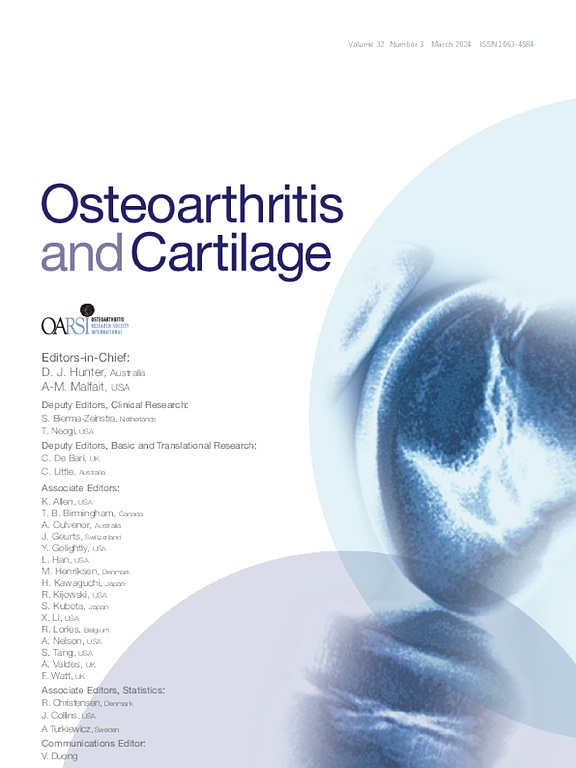
Efficacy & safety of genetically engineered chondrocytes with TGF-β1 vs placebo in knee OA

Efficacy & safety of genetically engineered chondrocytes with TGF-β1 vs placebo in knee OA
Preliminary results of a phase II randomized study to determine the efficacy and safety of genetically engineered allogeneic human chondrocytes expressing TGF-β1 in patients with grade 3 chronic degenerative joint disease of the knee
Osteoarthritis Cartilage. 2015 Dec;23(12):2109-18.Synopsis
102 patients with grade III (Kellgren-Lawrence) knee osteoarthritis were randomized to intra-articular injection administration of either genetically engineered chondrocytes expressing TGF-b1 (GEC-TGF-b1; TissueGene-C; TissueGene Inc.) or placebo. The purpose of this study was to evaluate the efficacy and safety of the GEC-TGF-b1 investigational product. Primary outcomes for function and pain (IKD...
To view the full content, login to your account,
or start your 30-day FREE Trial today.
FREE TRIAL
LOGIN
Forgot Password?
Explore some of our unlocked ACE Reports below!

Learn about our AI Driven
High Impact Search Feature
Our AI driven High Impact metric calculates the impact an article will have by considering both the publishing journal and the content of the article itself. Built using the latest advances in natural language processing, OE High Impact predicts an article’s future number of citations better than impact factor alone.
Continue



 LOGIN
LOGIN

Join the Conversation
Please Login or Join to leave comments.